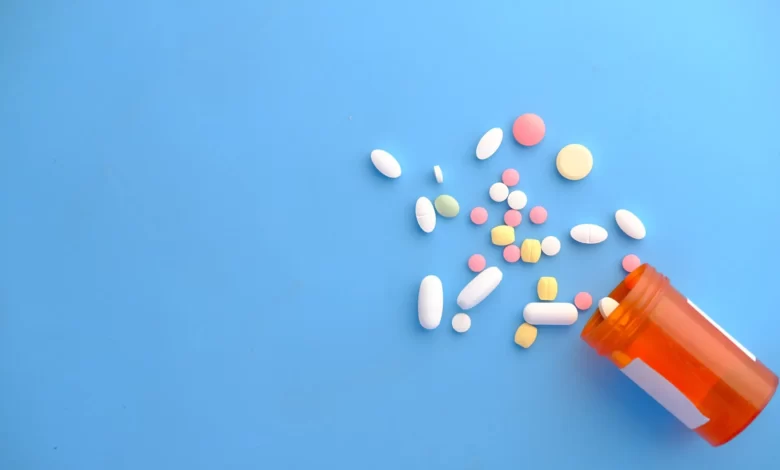
How Do New Medicines Make It To Our Shelves?
The development of medicine is one of the great wonders of our time. Previously incurable and debilitating conditions have been rendered inert by the hard work and research of incredible minds, and modern society can rest easier as a result. The coronavirus pandemic is an excellent example of this marvel in action, with a new vaccine tested and synthesised in a matter of months. But how does a new drug make it from laboratory to patient?
Research and Discovery
Research is, quite obviously, the backbone of medical discovery. But the sheer work involved in substantiating a hypothesis or observation is less obvious to the average patient. A chemical compound or material might be thought to achieve certain medical results in certain scenarios; this is researched and tested comprehensively before a number of iterations of the compound are synthesised in such a way as to isolate or improve said effects. Where a hypothesis is substantiated, funding may then be granted to move the drug to the study stage.
Studies
The study stage is where many potential drugs are ultimately scrapped. The goal is to put the drug through its paces, to observe its real-world impacts on test subjects and to eliminate the likelihood of unintended consequences or dangerous side-effects. Lab rats are a common choice for initial studies on account of their genetic similarity to humans.
The results of this determine the shape of early human testing; drug toxicity is established, and doses decided accordingly. First tests simply establish the safety of the drug, while further tests establish the effectiveness of the drug.
Placebo Testing
This is where placebo testing comes into play. Clinical tests will involve different groups of patient, each of which possess the condition the drug is designed to address. A control group is given no drugs, a test group is given the drug in question, and a placebo group is administered an inert material in similar fashion to the drug. The placebo group is there to eliminate psychosomatic results from the data set; otherwise, claims that the rug works could be based on the patient’s subconscious personal belief that the drug has worked.
Legislation
As the drug nears the end of its clinical trials, legal considerations become more important. There are legal elements to trialling drugs on human test subjects, but these are easily managed through private contracts and NDAs. But the legal implications of new medicine extend beyond this, with different national laws according to controlled substances being a small part of a much greater regulatory whole.
Release
After extensive trials, and a wide-scale drug trial with a large body of patients, the drug may then be approved by various medical bodies and associations – at which point it can be distributed via medical networks to hospitals and pharmacies. Hospitals take priority over pharmacies according to the severity of the condition and the need for the drug.







